Marseille is the second largest city in France with an old heritage. Founded by the Greeks around 600 B.C., it’s been an extremely important destination for immigration and trade, and today this city along the coast is a large melting pot of culture.
My husband Matt and I visited Marseille for a few days as a stop between St. Tropez and our flight back to the US from Paris. It’s undoubtedly a different feel from either, with a lively, more urban feel and sprawling landscape.
Although we used Marseille as a central point for a couple of day trips, there are a ton of hidden gems within this expansive and unique place. If you’re heading to Marseille for a few days, here’s a complete Marseille travel guide on what to do in and around the city.
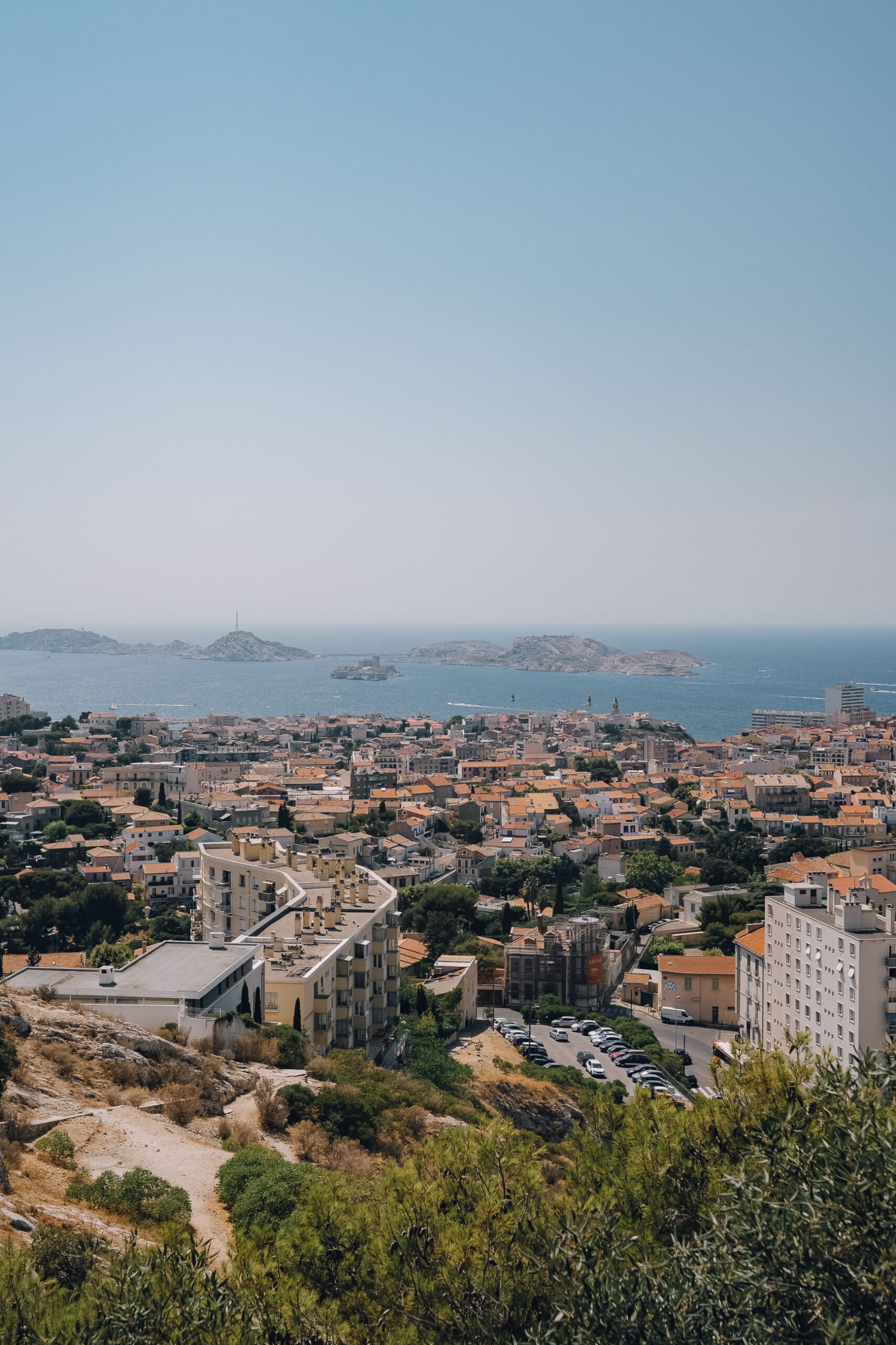
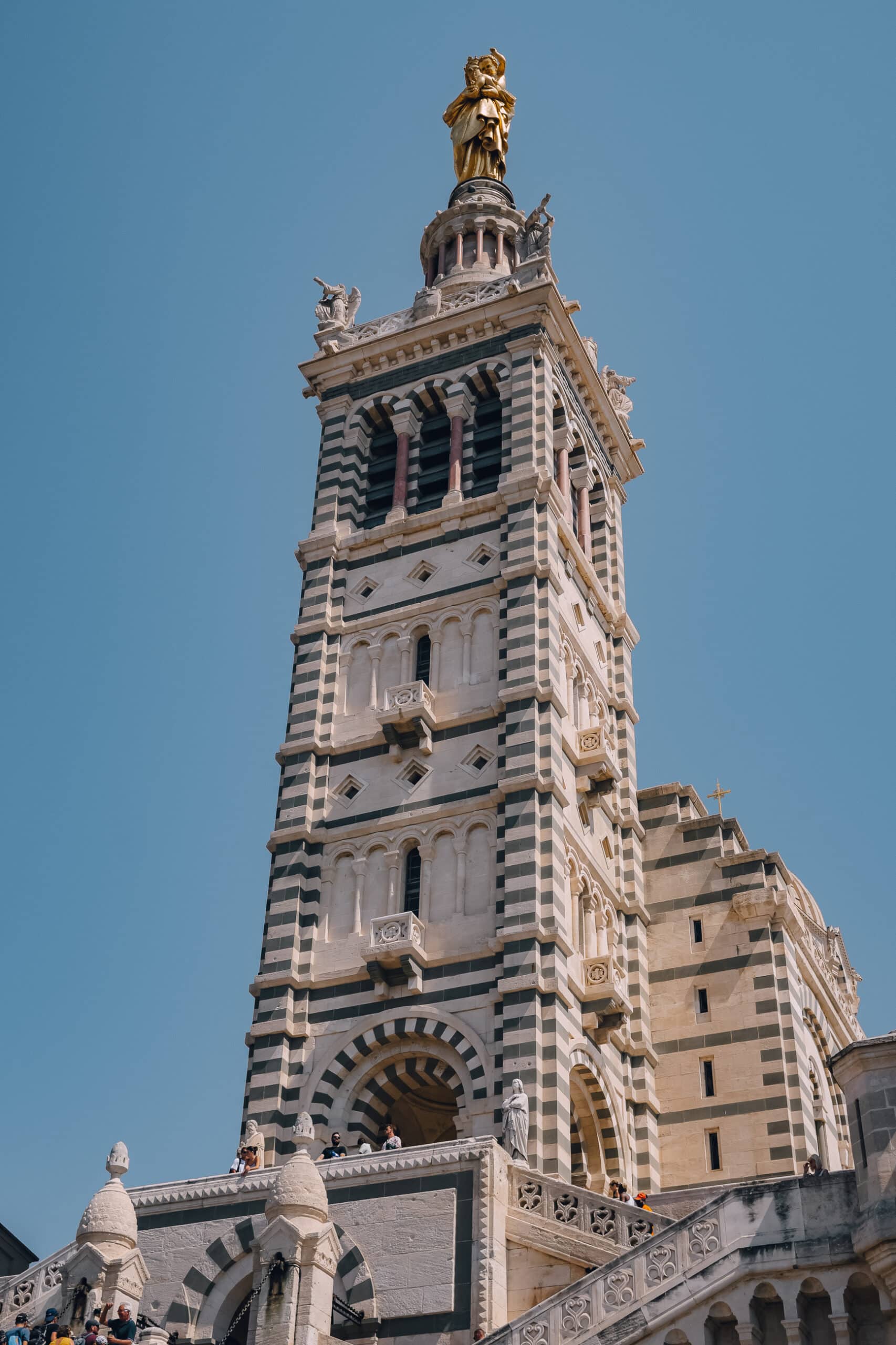
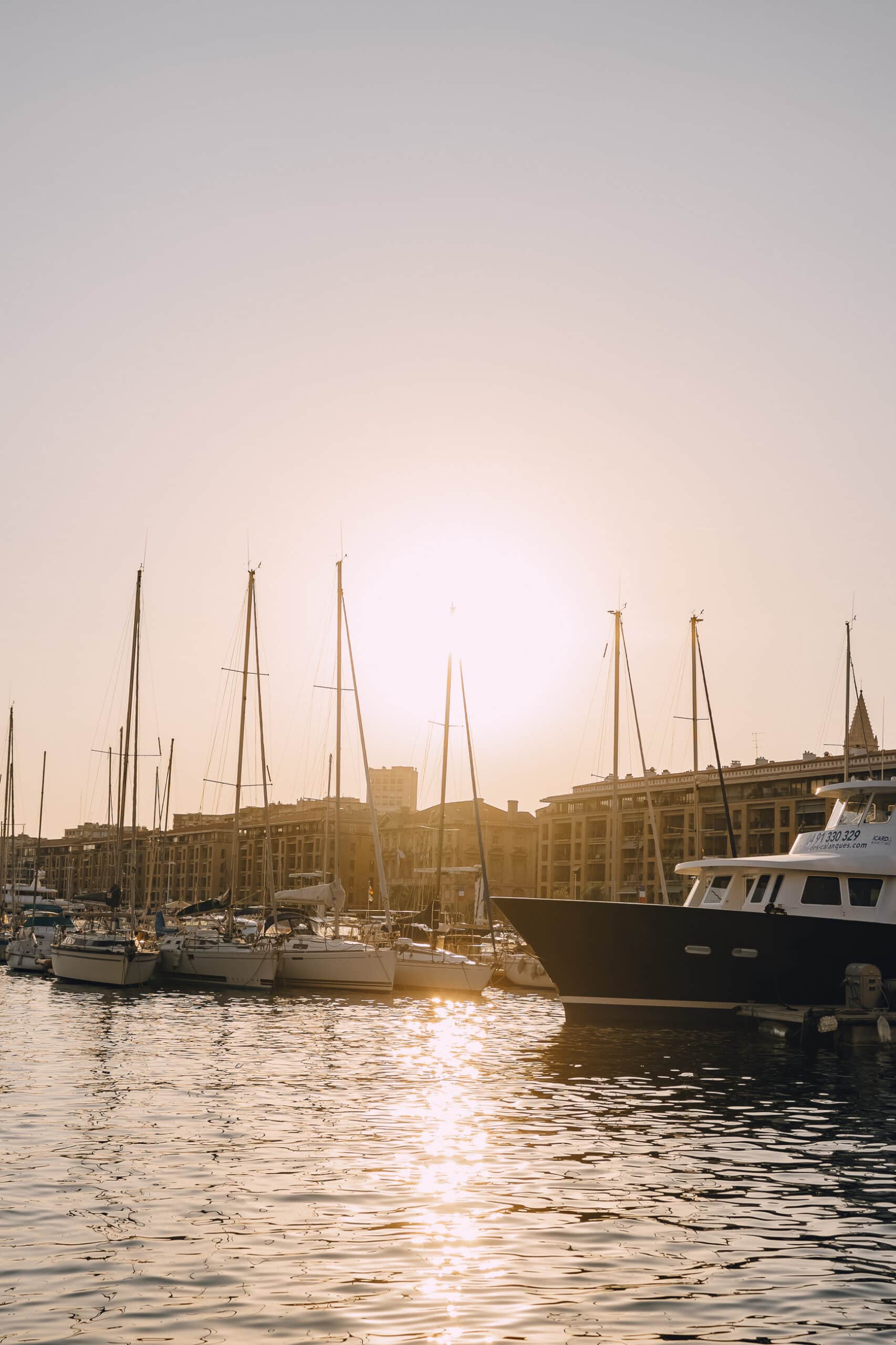
Marseille Travel Guide
How to Get There
Since Marseille is large, it’s relatively easy to get to. Marseille has an international airport and a train station, both relatively close to the city center of Vieux Port (Old Port).
- Marseille St. Charles train station is about 5 minutes from Vieux Port
- Marseille-Provence airport is about 20 minutes from Vieux Port, with connecting flights to Charles de Gaulle in Paris if you’re flying from the US.
If you’re heading to Marseille from Paris, the quickest way to get there is on the train. It takes about 3 hours and 30 minutes depending on the train route, and you’ll get to enjoy the French countryside during your ride. You can book a RailEurope ticket, and prices start at around $100 per person for a one-way fare.
Marseille is a metropolis, so you’re going to need to take taxis to get to different parts of the city. If you are comfortable, you can also try your hand at the subway system. (Although we did not use it so I can’t speak to ease or safety.)
Planning a Trip to Paris?
Get my curated guide to the City of Light, with over 60 pages and 100+ recommendations, plus travel tips, basic etiquette, an interactive map, and more!
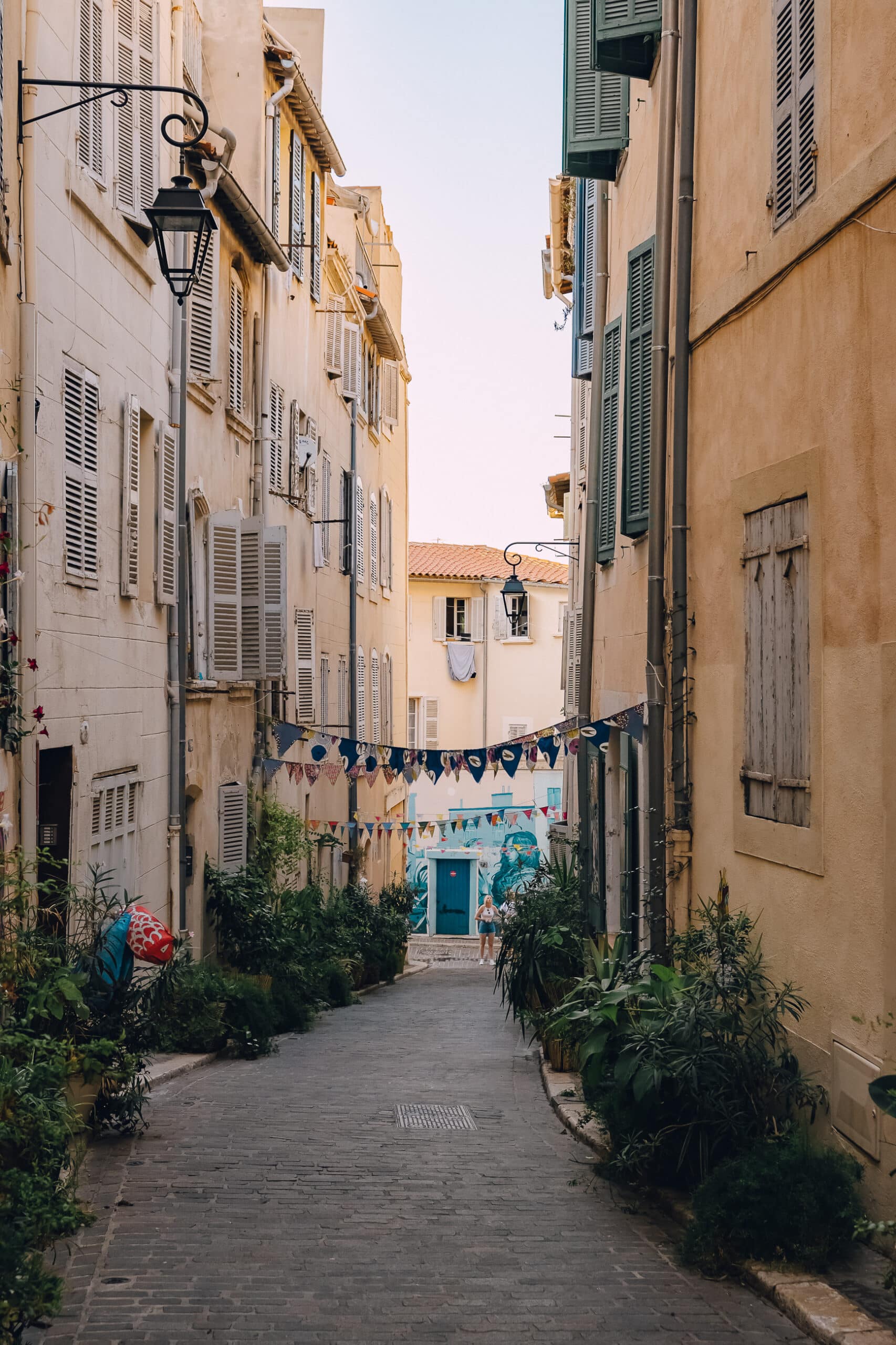


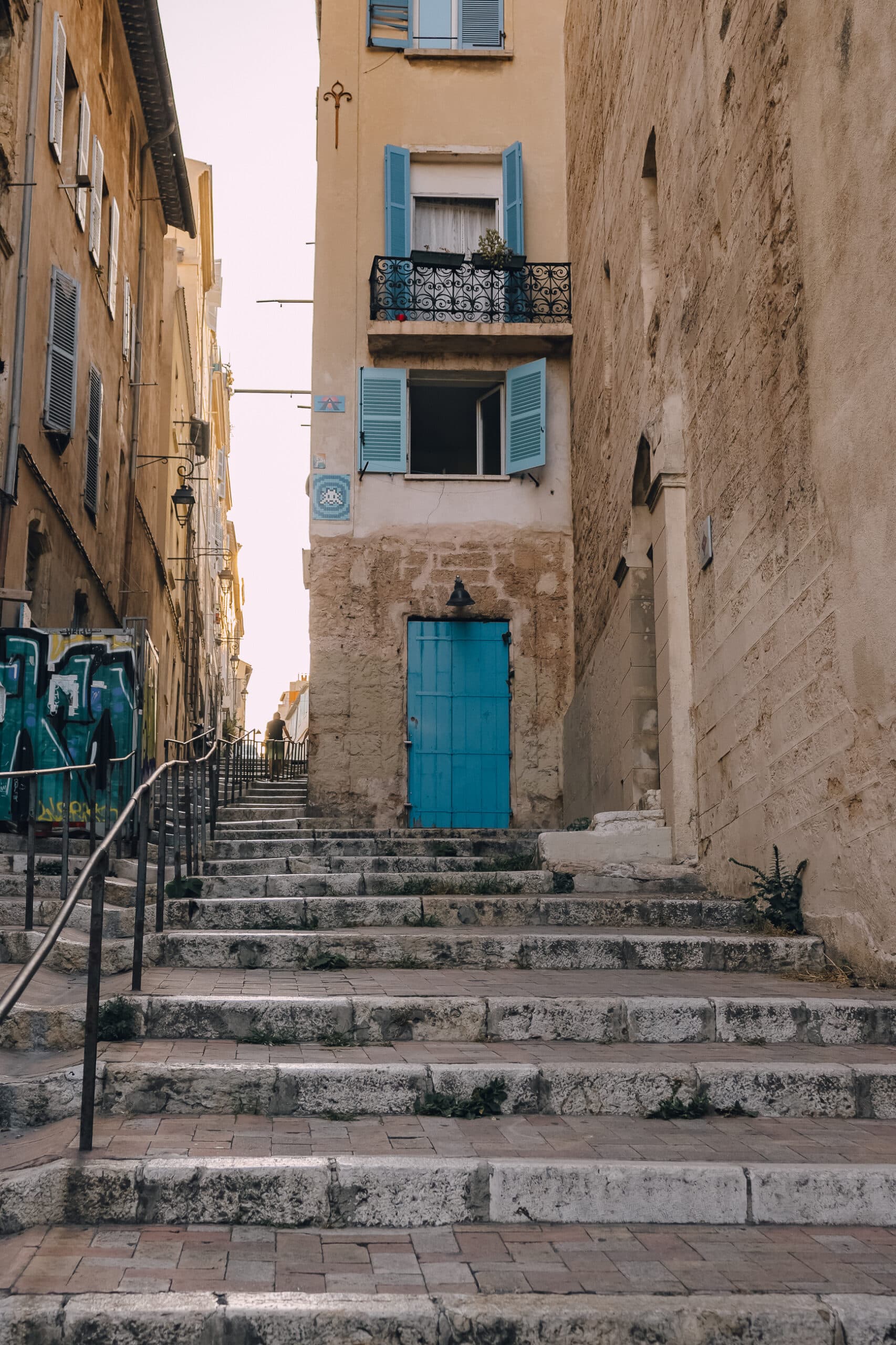
What to Do in Marseille
Day 1
We arrived in Marseille after lunch, so this first day we settled into our hotel and walked around the immediate area to get a feel for our temporary neighborhood.
Walk Vieux Port
Located in the heart of Marseille is Vieux Port, or the Old Port, in English. It’s rather large, with row after row of slips for sail boats, fishing boats, and small speed boats. Further out, you’ll see some yachts and even cruise ships.
Along the south side of the port, be on the lookout for a handful of super old sail boats; each one marked with a sign in front stating its age and information.
Explore Le Panier Neighborhood
Le Panier, meaning “the basket” in French, is Marseille’s oldest neighborhood. Characterized by lots of hills, narrow streets, and colorful art, take an hour or two to get lost amongst the shops and restaurants.
It’s set back from Vieux Port, and you can almost miss its entrance, so look on a map to find it.



Day 2
Visit the Calanques
Although over 3 million people visit Calanques National Park each year, I only discovered it doing my own Marseille travel research.
A calanque is a narrow inlet, with cliff-like formations found around the Mediterranean coast. This place is basically Zion National Park on the sea, with some of the bluest water I have ever seen in my life, and extremely incredible views.
You can reach a few of the calanques by hiking, but the easiest way is to go by boat. There are a handful of excursion companies, and after some research, we went with a private boat via Bleu Evasion. Our captain Christophe was great, and we learned a lot about the area and visited a handful of amazing spots within Calanques National Park.
Pack your swimsuit and SPF and be sure your phone is charged because you’re going to want to take pictures. This was my favorite part of our Marseille trip. When we booked this, I thought it would be a fun boat day, but photos don’t do this place justice and it truly is so beautiful. It’s one of those places that makes you really realize how cool nature is, and that we’re all just small dots on a huge earth.
Enjoy the Sunset
Once you get back to your hotel from the calanques, take a relaxing shower and enjoy the sunset over a late dinner. Like Paris, the sun sets very late in Marseille in the summer. The sunsets here are very pretty, especially with how the sail boats line the water of Vieux Port.

Try Bouillabaisse
Speaking of dinner, Bouillabaisse is a fish stew that originated in Marseille. If you eat seafood, you have to try Bouillabaisse. There is a whole way to serve it.
First, part of the ritual of Bouillabaisse is the presentation of the fish, whole, to the eater, before they get fileted. While the fish gets fileted, broth is served, with bread and garlic to dip in and enjoy. After you have some time to enjoy the broth, they’ll take the bowl back to the kitchen, cook the fileted fish in the broth, and bring it back to you as a stew to complete the meal.
I am extremely picky about seafood, so I passed on this local fare, but Matt made sure to order it and he really liked it. We went to Le Miramar on Vieux Port.
Day 3
We really wanted to see as much of Provence as we could in our short time, so we hired a driver for our third day to pack in a full day of sightseeing. Our trip started around 9 AM, and we went to the towns of Aix en Provence and Cassis. We ended at Notre Dame de la Garde church in Marseille before going back to our hotel to end our day.
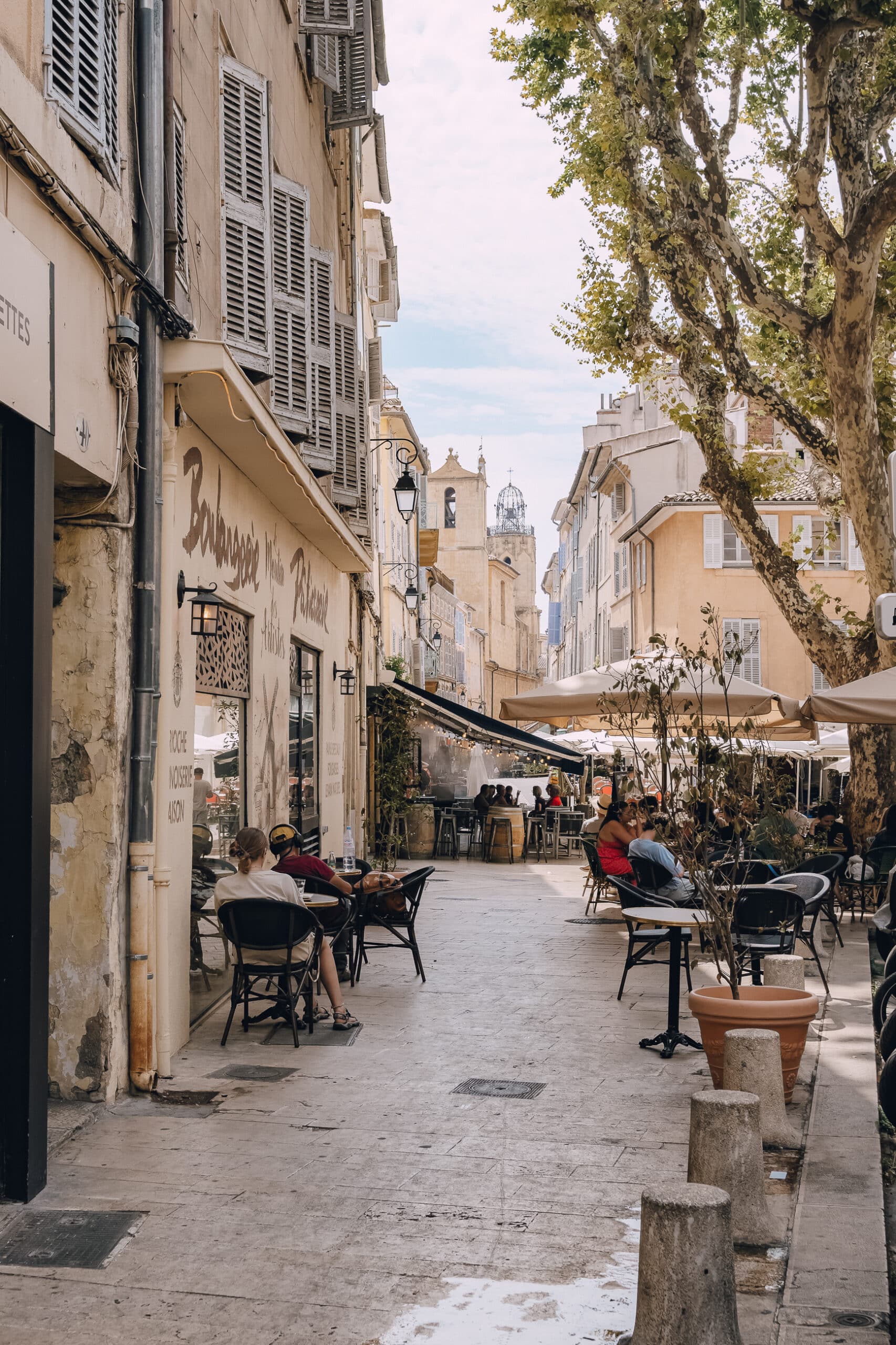
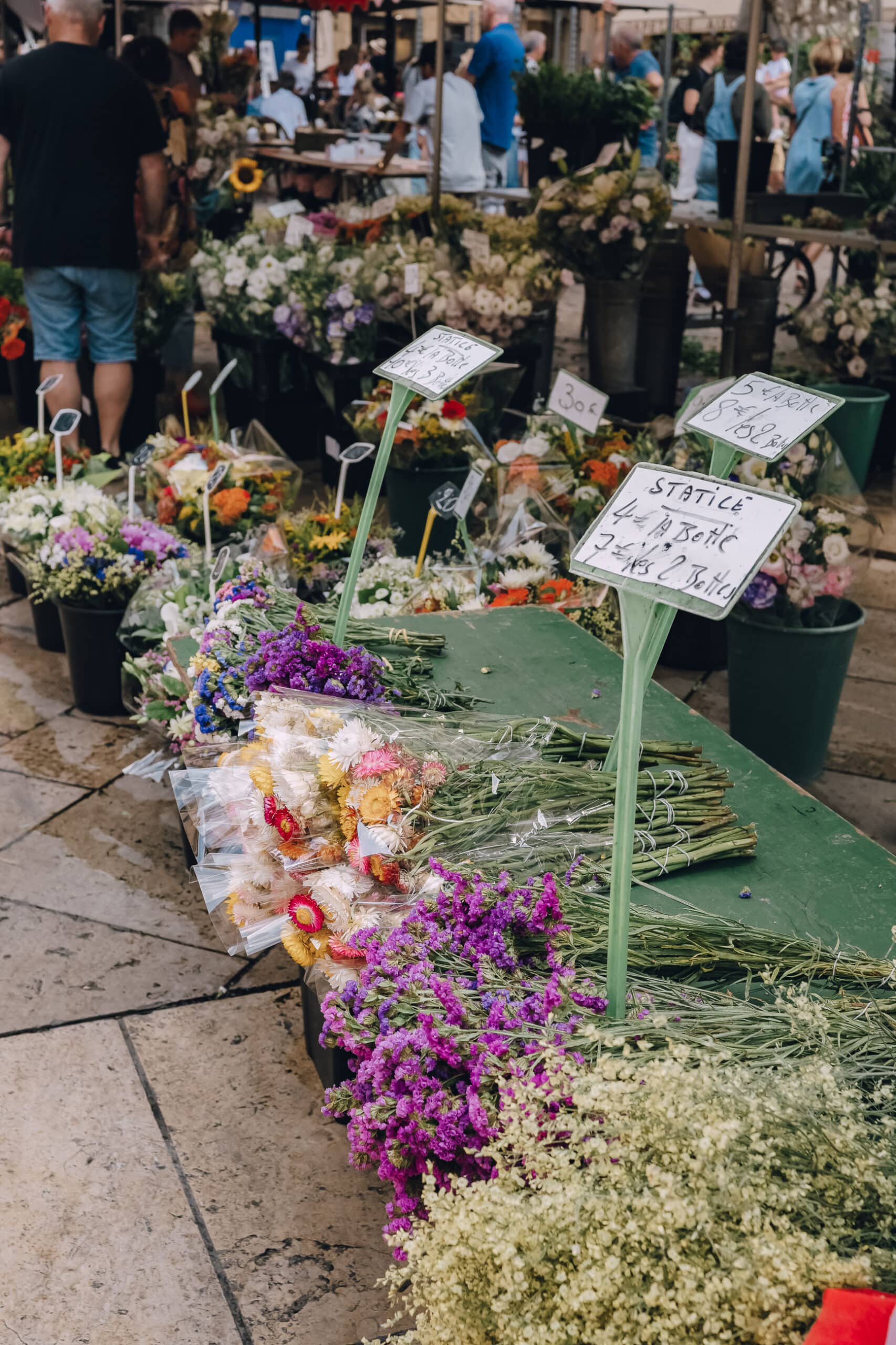
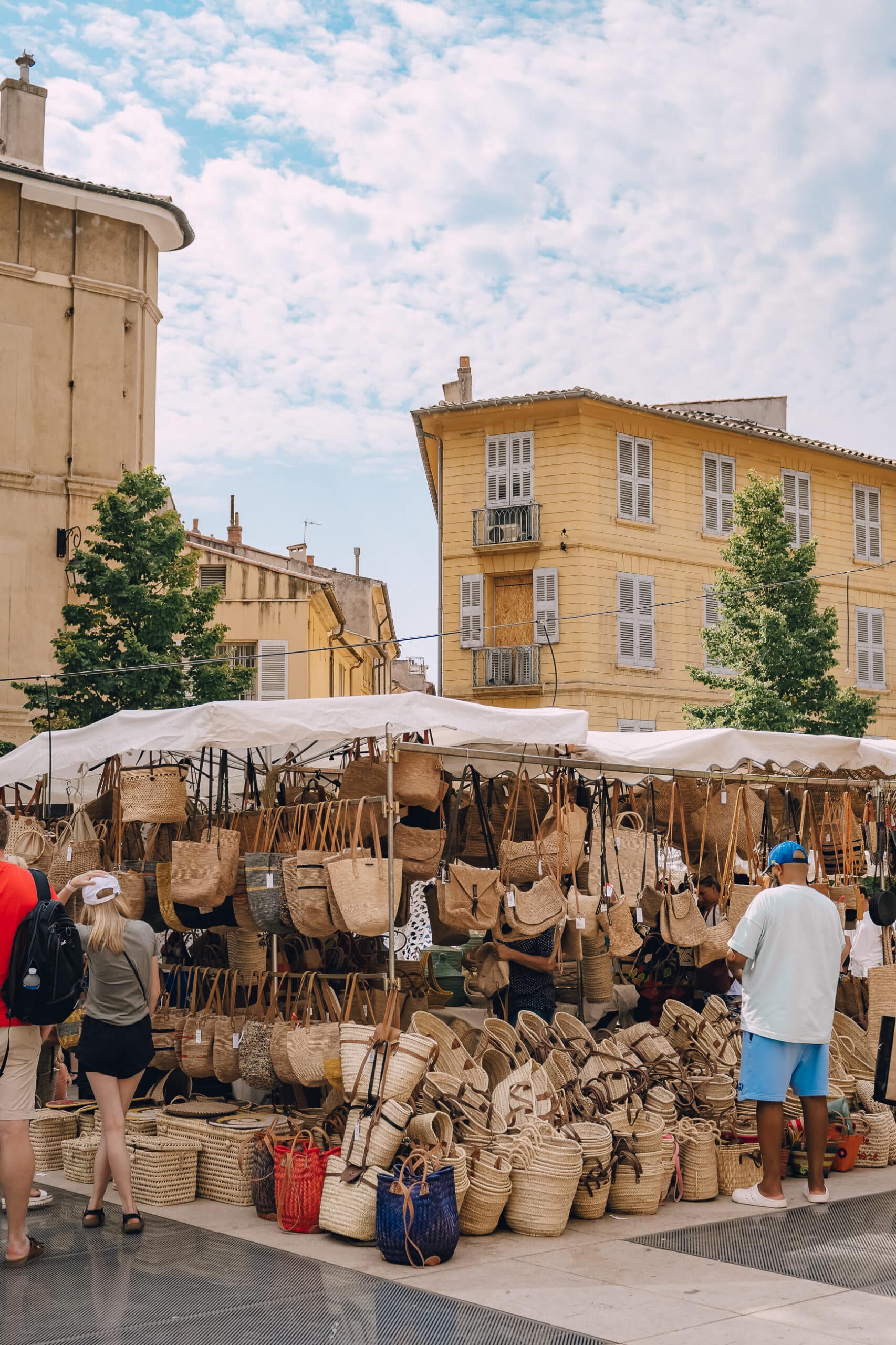
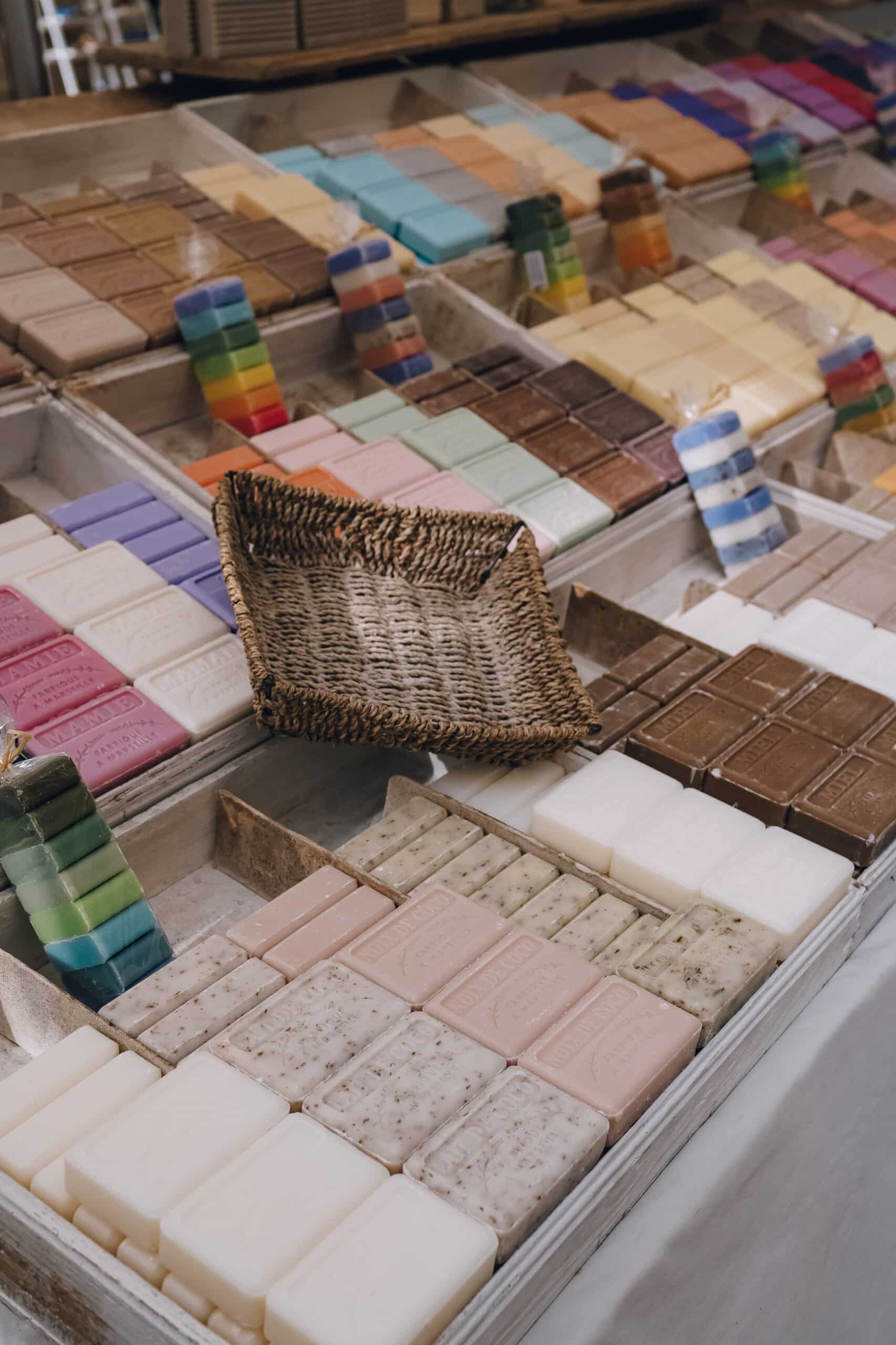
Take a Day Trip to Aix en Provence
Located about 40 to 45 minutes north of Marseille you’ll find Aix en Provence, a charming town that was the former capital of the region, and home to the former king. It’s a university town, but you don’t have to be a student to enjoy it.
Most of the city is pedestrian-only, so you can easily wander around winding streets and small squares without the interruption of cars.
I highly recommend visiting Aix en Provence on Saturday; the town has a huge market with Provence-only vendors that basically infiltrates the streets. (There is also a market on Sunday, but it’s open to non-Provence vendors.) Every corner is a new discovery, with everything from meats, fruits, and cheeses, to baby clothes, straw bags, and ceramics. While you’re there, be sure to pick up some soap at one of the many soap vendors. One of my personal favorite vendors sold tea and spices – grab some Herbs de Provence to bring home for cooking!
If you’re into art, look at the many places of impressionist painter Paul Cezanne, including his studio, which remains intact to view.
If you go to Aix en Provence on the weekend, be sure to arrive early, as the town gets very crowded because of the markets!
Planning a Trip to Paris?
Get my curated guide to the City of Light, with over 60 pages and 100+ recommendations, plus travel tips, basic etiquette, an interactive map, and more!
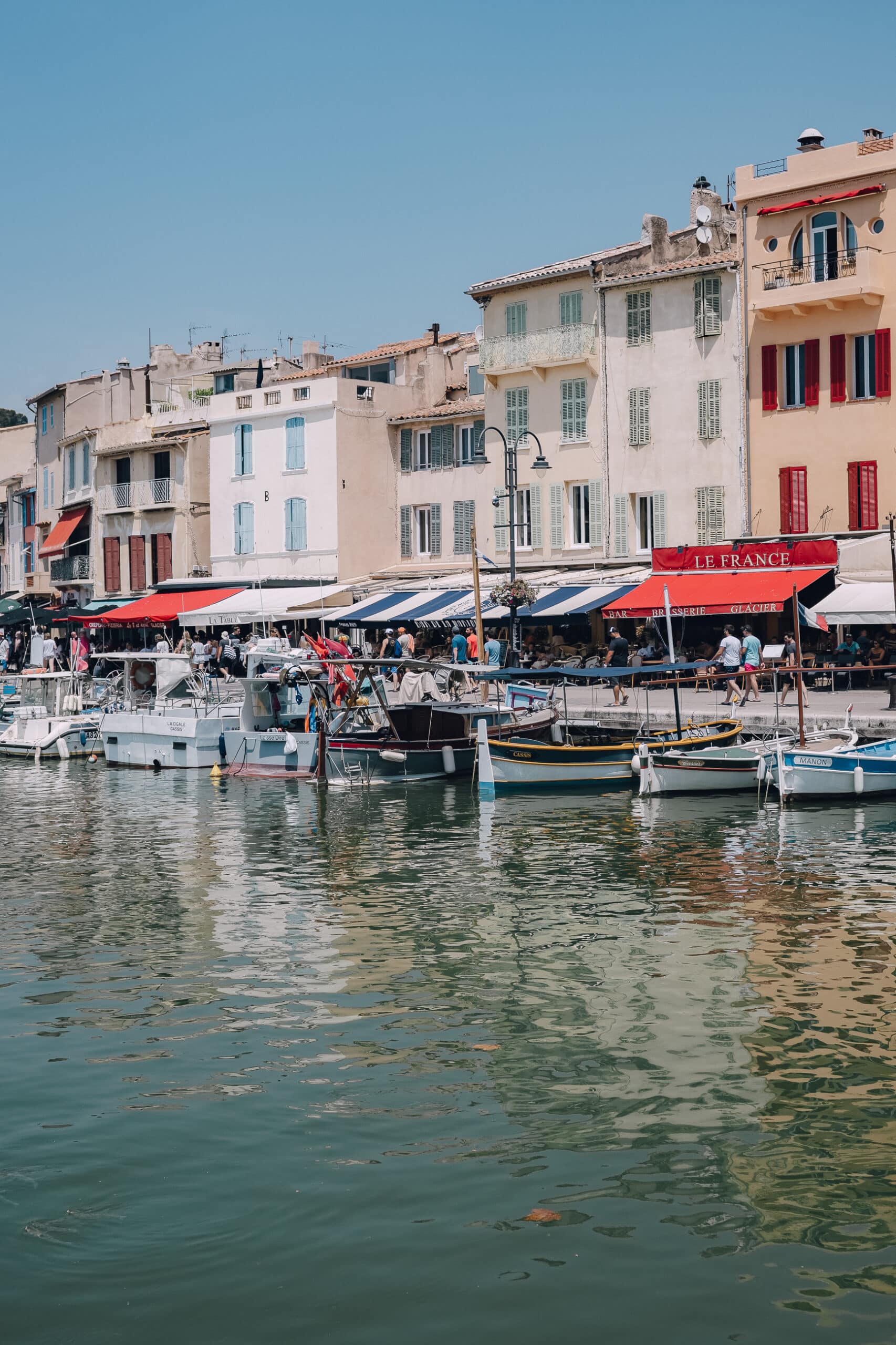


Visit Cassis
After our morning in Aix en Provence, we drove south, past Marseille to the small, but picturesque village of Cassis. Our driver called Cassis the St. Tropez of Marseille; it’s much smaller and less flashy than St. Tropez, but with the same candy-colored buildings and coastal charm. It’s French Riviera meets Provence.
We only briefly stopped in Cassis for lunch (Bar De La Marine), ice cream (Casalini), and a peek inside a few stores. If you have more time here, you can go to the beach, located directly next to the small port.
Don’t forget to look up; at the top of the hill overlooking the port, you’ll see the Chateau de Cassis. You can’t miss it.
Tour the Notre Dame de La Garde
When you’re in Marseille, it’s hard to not notice Notre Dame de la Garde towering above the city. A trip to it is a must, even if it’s just for 360-degree views. It’s the emblem of the Marseille skyline, and one of the top attractions of the city.
A small chapel was first built on the location in 1214, but in 1853 the first stone was laid for what you see today. Be sure you go inside both chambers of this basilica.
Due to its location at the top of a large hill, the walk to Notre Dame de La Garde can be tiring. There is a small tourist train that drives up to the location, but this was the perfect final stop on our day tour before going back to our hotel.

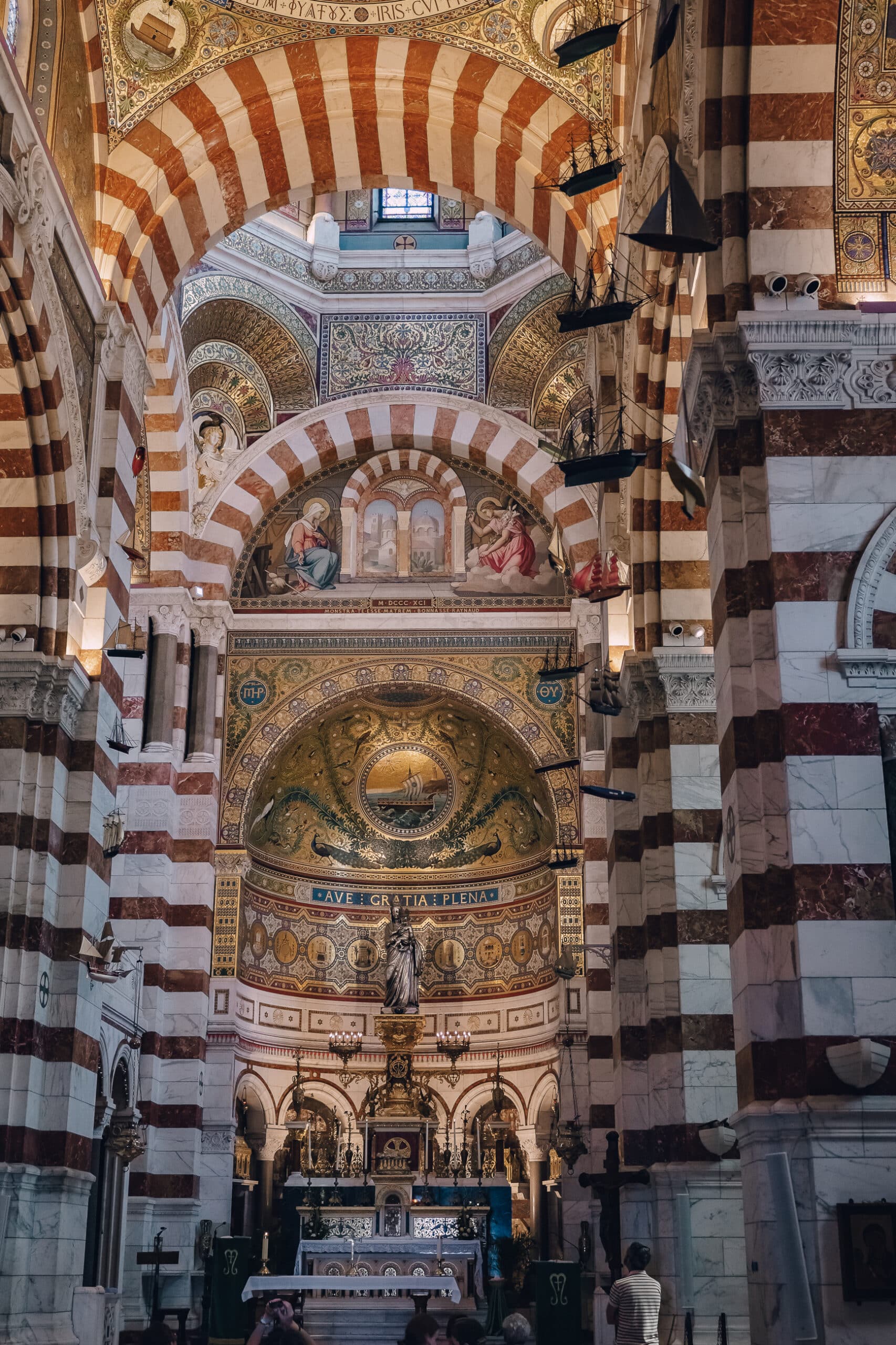
If you’re heading to the French Riviera, it’s definitely worth a stop in Marseille and its surrounding areas. The Calanques National Park is a once in a lifetime experience, and even if you go to Marseille just to see that, it will be worth the extra day or two of travel.
Although Marseille is a very different experience from the chic streets of Paris, its fusion of cultures, fishing history, and artsy present make this a unique destination, and its people are proud to be from there. (It’s where the French national anthem comes from, after all.)
Have you been to Marseille before? Let me know in the comments!


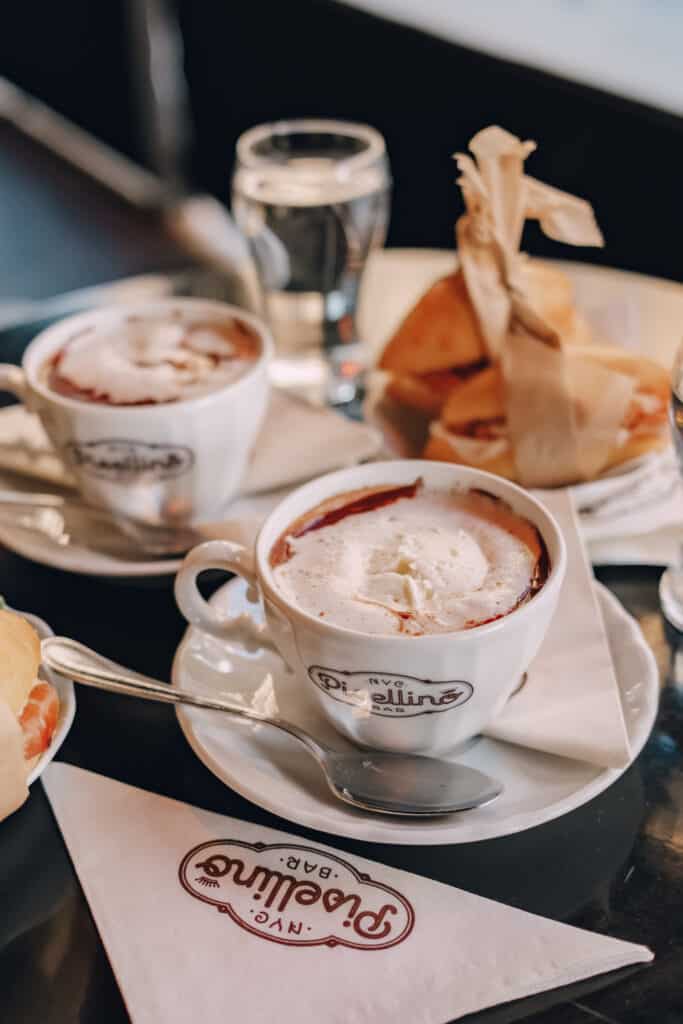



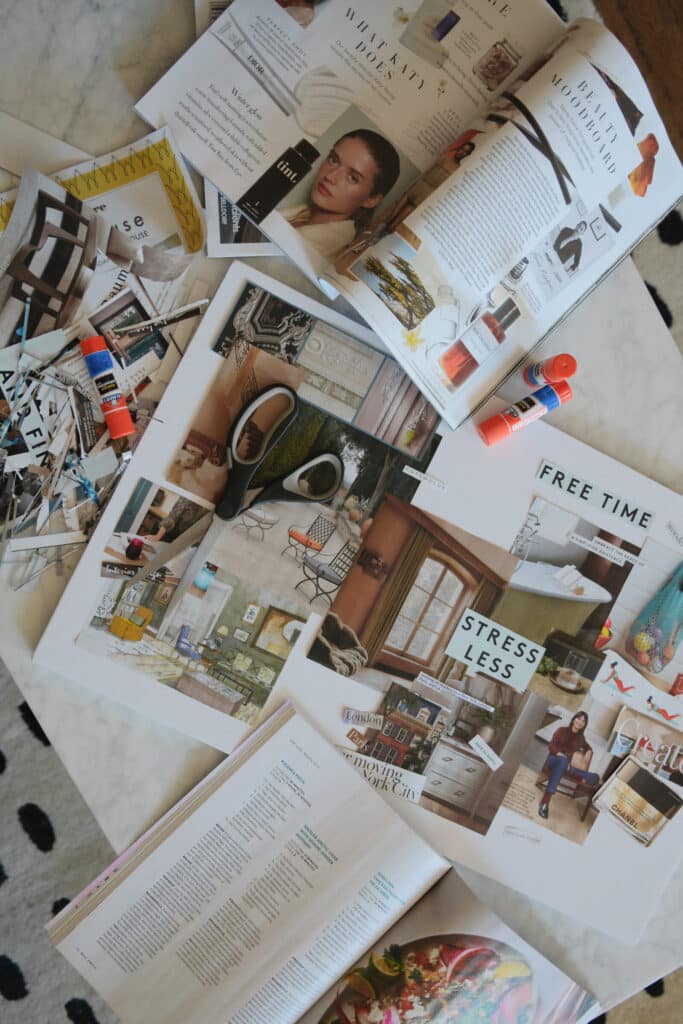

2 Responses
Super tips! Came across this guide whilst researching Marseilles, which we will be lucky to have the chance to visit for the Olympics this summer. Many thanks!
I’m so glad this helped! Have a wonderful time at the Olympics!